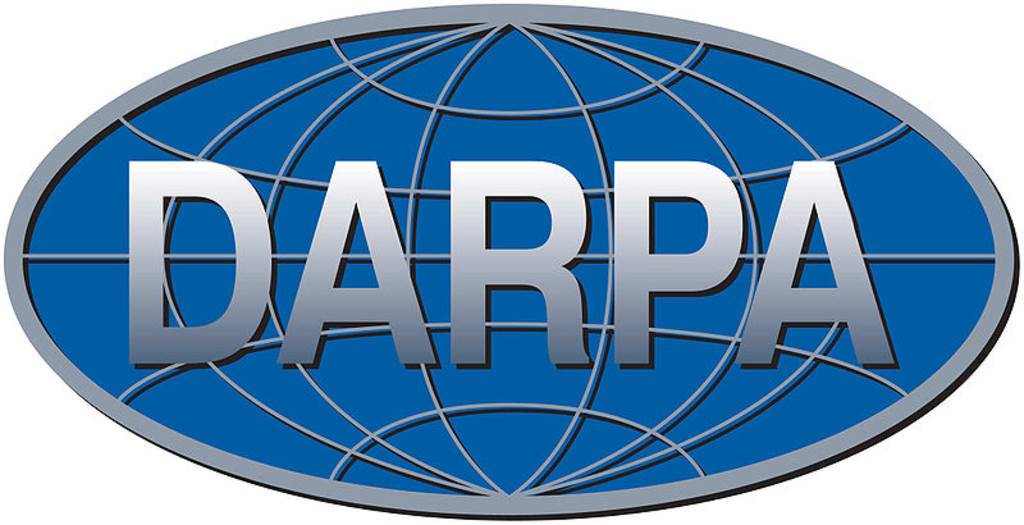The Defence Advanced Research Projects Agency, better known as DARPA, has been at the forefront of technological innovation for decades. Born out of Cold War tensions and the Space Race, DARPA was created to ensure the United States would never again be caught off guard by technological advancements from rival nations. Since its inception in 1958, DARPA has been responsible for groundbreaking developments that have shaped our modern world in ways both obvious and subtle.
Many of us carry DARPA's innovations in our pockets every day. The microprocessors, wireless technology, touchscreens, and GPS in our smartphones all have roots in DARPA research. Even the internet itself, which has revolutionized communication and commerce globally, began as a DARPA project called ARPANET in the 1960s. These technologies, initially developed for military purposes, have found their way into civilian life and dramatically improved our day-to-day experiences.
But DARPA's reach extends far beyond consumer electronics. The agency has been a driving force in fields as diverse as robotics, artificial intelligence, and biotechnology. Projects like the Big Dog robot, developed in partnership with Boston Dynamics, showcase DARPA's ambition to create machines capable of navigating difficult terrain and carrying heavy loads. Meanwhile, initiatives in AI and machine learning aim to develop systems that can think and reason like humans, with potential applications ranging from strategic military planning to autonomous vehicles.
DARPA's influence on medical science is equally profound. The agency has invested heavily in prosthetics research, leading to breakthroughs that have allowed paralyzed individuals to regain mobility. Advanced medical imaging techniques, including MRI and brain imaging, have roots in DARPA-funded research. The agency's work in bioengineering has pushed the boundaries of what's possible in tissue and organ transplantation, potentially saving countless lives in the future.
However, the story of DARPA is not without controversy. The agency's military focus means that many of its innovations, while potentially beneficial, were originally conceived as weapons or tools of war. The development of Agent Orange during the Vietnam War stands as a stark reminder of the potential for scientific advancement to cause immense harm. This defoliant, meant to clear jungle cover and destroy crops, left a devastating legacy of health problems for both Vietnamese civilians and American veterans.
DARPA's work in areas like artificial intelligence and robotics raises ethical questions about the future of warfare and the potential for autonomous weapons systems. The agency's research into brain-computer interfaces and enhanced human performance blurs the line between man and machine, prompting debates about the nature of humanity itself.
Moreover, the secretive nature of much of DARPA's work has led to concerns about transparency and accountability. With a relatively small staff of around 220 people managing a budget of nearly $4 billion, DARPA operates with a level of freedom and flexibility unusual for a government agency. This autonomy, while allowing for rapid innovation, also raises questions about oversight and the potential for abuse.
The relationship between DARPA and the private sector adds another layer of complexity. Many of DARPA's projects are carried out in partnership with defence contractors and technology companies, creating a symbiotic relationship that some critics argue perpetuates the military-industrial complex. The revolving door between DARPA, defence contractors, and Silicon Valley has led to concerns about conflicts of interest and the concentration of technological power in the hands of a few.
Despite these concerns, it's undeniable that DARPA has played a crucial role in shaping the technological landscape of the 21st century. The agency's willingness to take risks on "far-out" ideas has led to innovations that might otherwise have never seen the light of day. DARPA's model of high-risk, high-reward research has inspired similar agencies in other countries and even in the private sector, demonstrating the value of bold, forward-thinking investment in science and technology.
As we look to the future, DARPA continues to push the boundaries of what's possible. Current projects range from developing materials that can bend light, potentially leading to invisibility technology, to creating living, self-healing building materials using fungus. The agency's work in quantum computing and advanced AI systems could revolutionize fields from cryptography to drug discovery.
The story of DARPA is one of remarkable achievements and difficult ethical quandaries. It forces us to grapple with fundamental questions about the role of technology in society, the balance between national security and individual privacy, and the potential consequences of our relentless pursuit of innovation. As DARPA continues to shape our future, it's crucial that we engage in open, thoughtful dialogue about the direction of technological progress and its implications for humanity.
In the end, DARPA represents both the promise and the peril of human ingenuity. Its history is a testament to our capacity for innovation and our ability to overcome seemingly insurmountable challenges. But it also serves as a reminder of the responsibility that comes with great technological power. As we marvel at DARPA's achievements and anticipate the innovations yet to come, we must also remain vigilant, ensuring that our technological progress serves to enhance, rather than diminish, our shared humanity.



